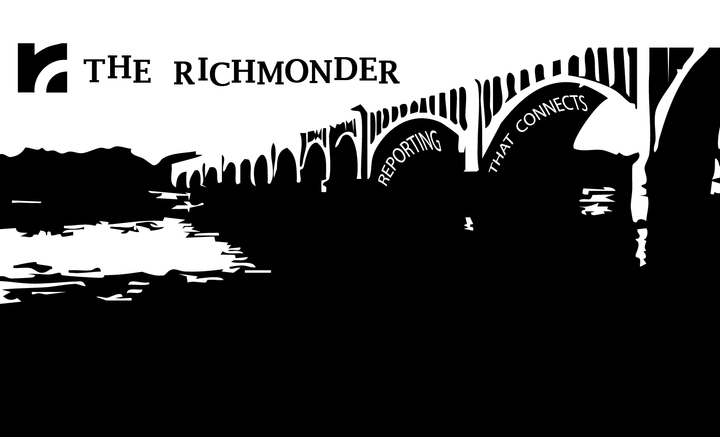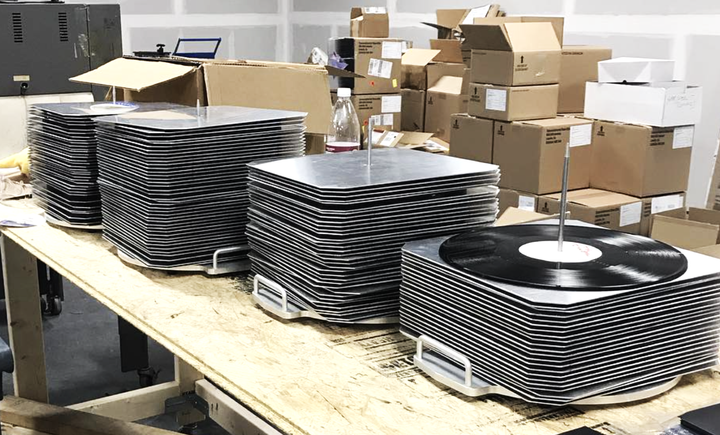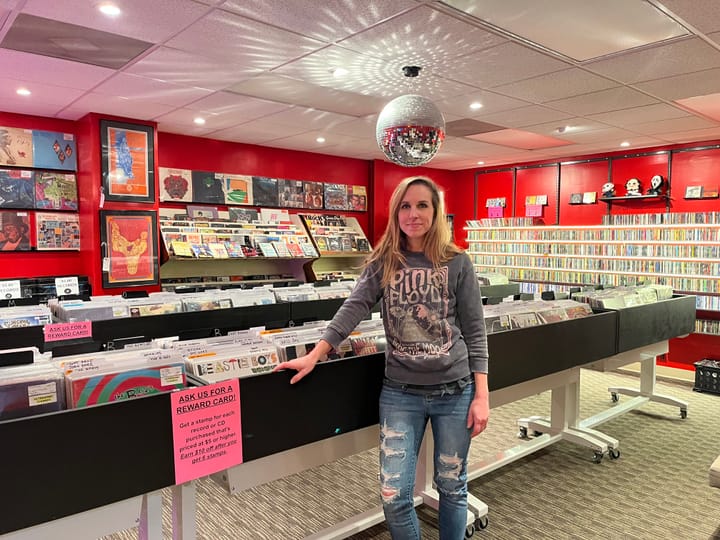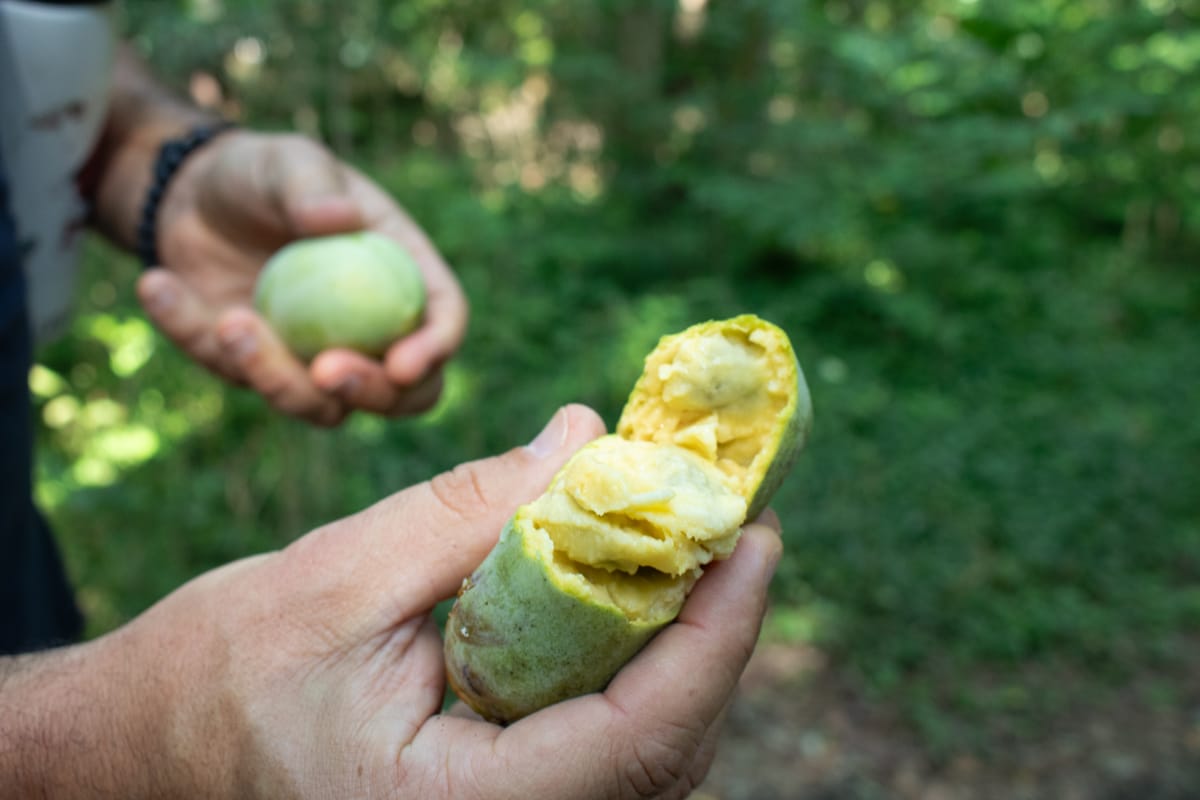
It's time to harvest the pawpaw, Richmond's unofficial fruit
In late summer, the trails along the James River are chock full of a native fruit unknown to many Richmonders: the pawpaw. For those in the know, a certain scent is often the first sign of pawpaw season.
“It'll start to smell like a distillery out here a little bit,” said Josh Bearman.
He points out a green and yellow lump on the ground, swarming with ants and smelling strongly sweet, tropical and fermented - the remnants of a pawpaw.
“Generally, the best pawpaws are the ones that fall on their own, but then you have a really short window before the birds and the insects get at them,” said Bearman, a former science educator who first caught a whiff of pawpaw fever in 2001 on runs along the James River.
For Amyrose Foll, a veteran and indigenous farmer who runs Virginia Free Farm, the pawpaw has always been a foragers' fall treat.
“Blueberries are a quintessentially American fruit, but the pawpaw is too, and is so amazing – but a lot of people I meet don’t even know what a pawpaw is,” Foll said.
When you’re looking for pawpaws, you’re primarily looking for their large, eye-shaped leaves, Bearman said.
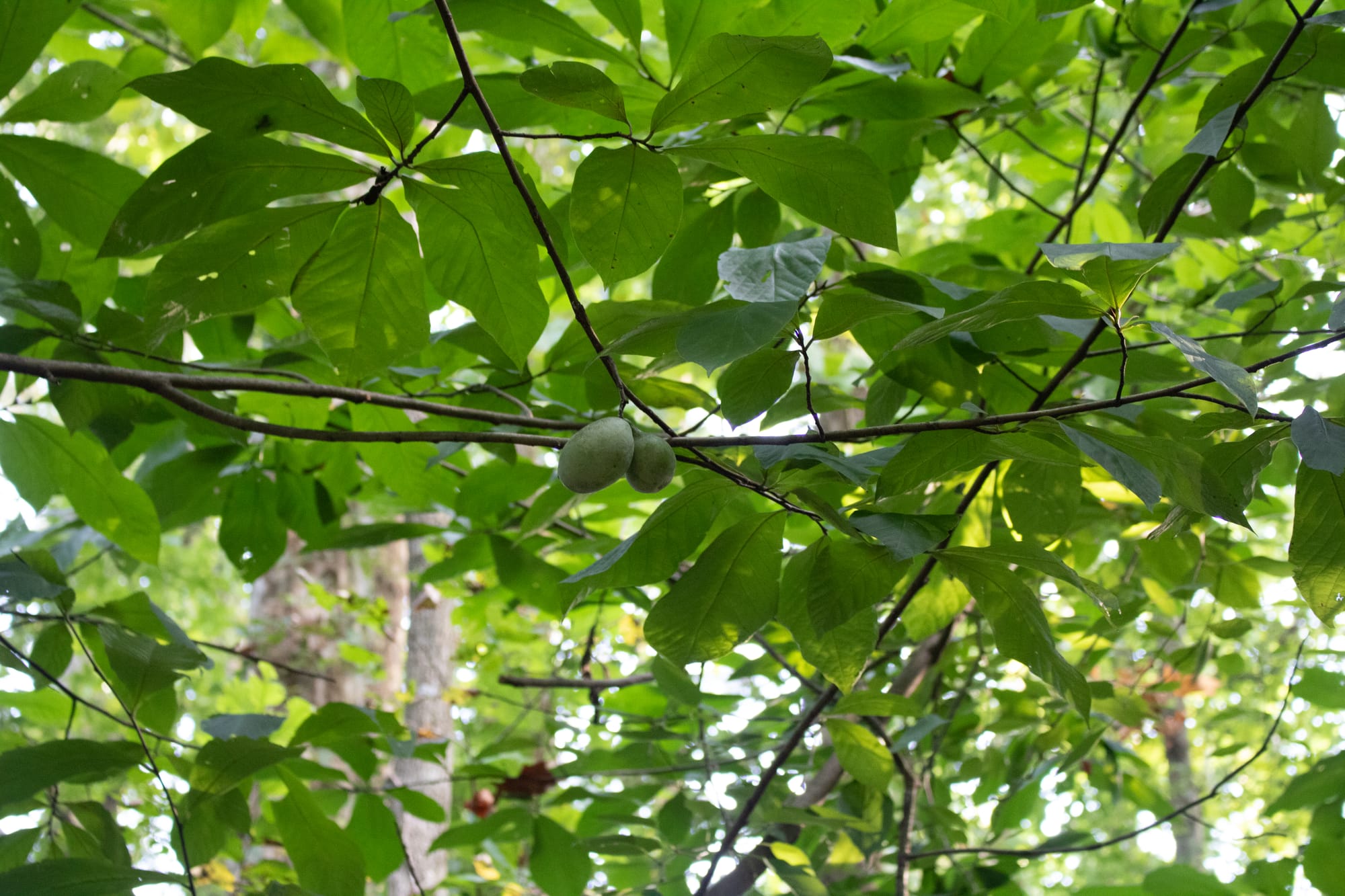
Once one is spotted, he leans on the trunk and shakes the thin tree, causing several thumps as pawpaws fall from the branches, a pale greenish fruit ranging from the size of a ping-pong ball to a lumpy pear.
“It's a very interesting thing, because it doesn't seem like it should be a native plant, really, right? Because it's very tropical, kind of mango-ey,” Bearman said, adding it’s also often described as coconut-ty with a custard-like texture.
Despite the unique flavor, the pawpaw’s short shelf life of only a few hours, and the several large seeds in each fruit, have kept them from becoming a commercial success.
Still, multiple festivals have sprouted up to pay homage to the fruit, including one last month in Newport News.
Dr. Daina Paupe Henry, of the Peninsula Master Naturalists, said the response the past few years has far exceeded expectations, with 400 attendees the first year growing to over 2,000 last month.
“People are really into pawpaws," Henry said. "They realized, 'Hey, it's a nice little treat.'
"And yeah, you'll never see it in a grocery store because it literally has no shelf life."
While pawpaws do have both male and female reproductive parts, they are not able to self pollinate, even within a patch, as they will all mature at the same rate.
“They have to have a cousin from over there – all the way over there –, ” to pollinate and bear fruit, Henry said, meaning many people with a pawpaw tree or patch in the backyard have never seen or smelled the fruit.
The Master Naturalists, Dr. Henry said, hope to encourage people to learn more about the native environment and participate in stewardship over the land, in the footsteps of Native Americans who tended the land.
Foll, the indigenous farmer, says they aren’t the only under-the-radar plants that abound in Richmond, pointing out goldenrod, which has antihistamine qualities and which many Richmonders see and don’t recognize daily, among others.
“We’re just surrounded by food and medicine, but we’ve been so ... divorced from the world around us, it’s perverse,” Foll said.
Virginia Free Farm works to educate and feed people from all walks of life, including refugees, undocumented families, and the houseless, to reconnect people with food and nature regardless of societal barriers.
Educating each other is crucial, said Foll, and one of the ways to build a stronger society is planting native plants over invasive species, and saving those seeds to replant year to year.
“If they’re not [planted] in an area, they won't make those micro adaptations from year to year, in the face of climate change,” Foll said.
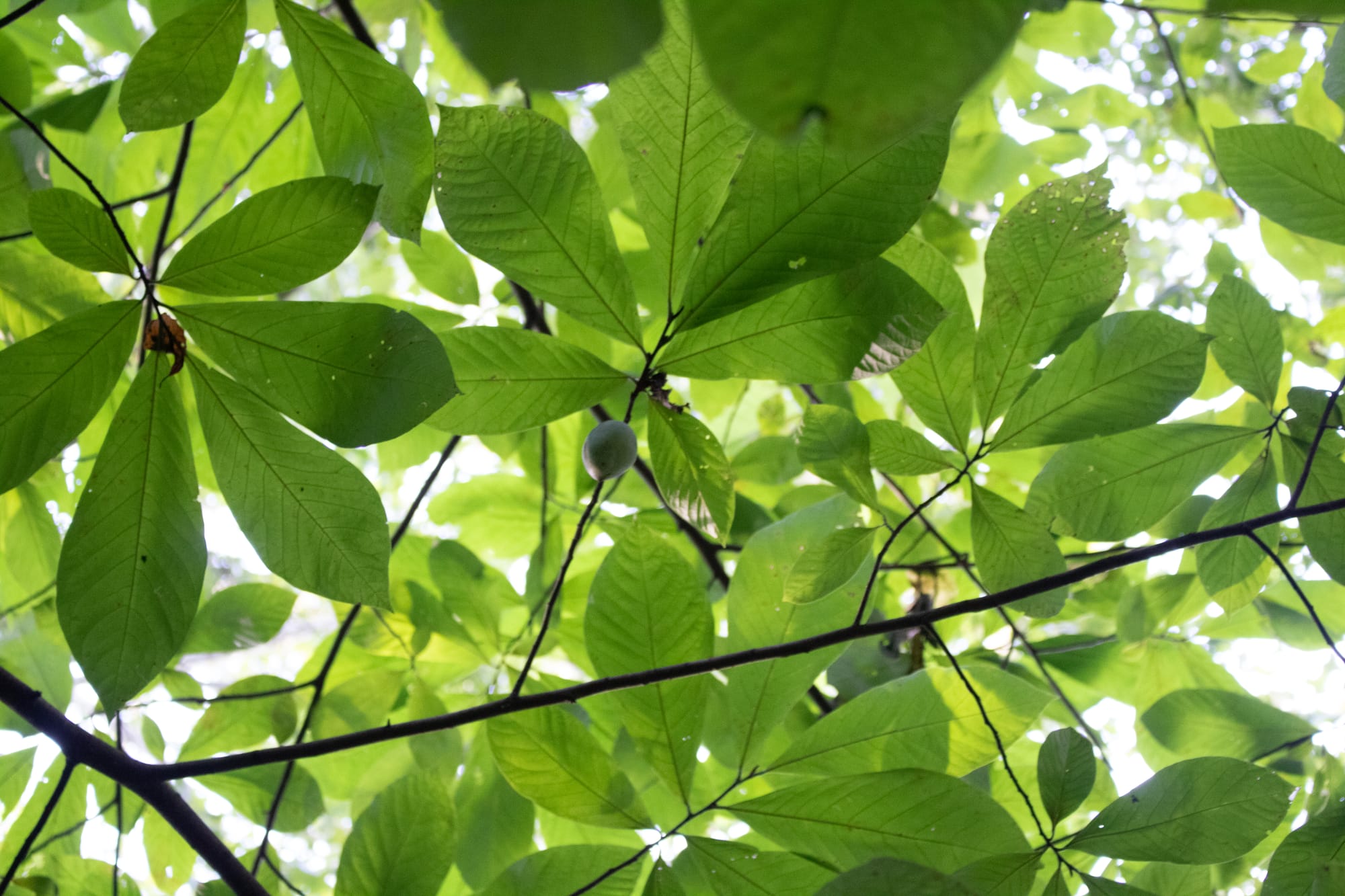
Back at the Norfolk paw paw festival, The Butterfly Society of Virginia, represented another native group partial to paw paws; the zebra swallowtail butterfly.
“It is literally the only host plant for the beautiful zebra swallowtail– its caterpillar cannot eat any other plants, it has to have the leaves of the paw paw tree,” said Karen McCurdy, of the butterfly society.
Planting native plants like pawpaws gives butterflies, moths, insects and other critters room to thrive, which directly ties to the success of birds and other animals, especially as the climate continues to shift.
If you’re looking for a pawpaw tree, Amyrose Foll points to Mullan Nursery for trees genetically adapted to the Virginia area.
As for festivals, the second Powhatan Pawpaw Festival will be held Sept. 21 from 11 a.m. to 3 p.m. at Powhatan State Park, and you can catch Bearman and his band, the Hot Seats, at 1 p.m.
Bearman now works as Programs Director at Blue Sky Fund, a nonprofit in Richmond that aims to make good scientists of students through hands-on experience and involvement with science and the outdoors.
“It’s a pretty well noted gap nationwide – that science education is mostly focused on content, and not on action, ” Bearman said.
Blue Sky works with students to help them stretch those muscles through recording their own data and helping them explore and learn about their environment and the plants that populate the place they live, like pawpaws.
“Our goal would be to have them identify themselves as the kind of people who enjoy the outdoors, and enjoy nature, and value it," Bearman said. "And that will engender stewardship."
Note: This article has been updated to reflect that the pawpaw festival took place in Newport News.


